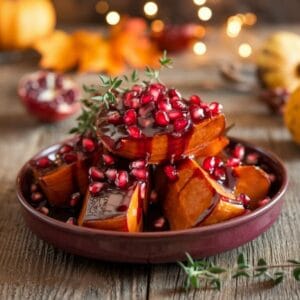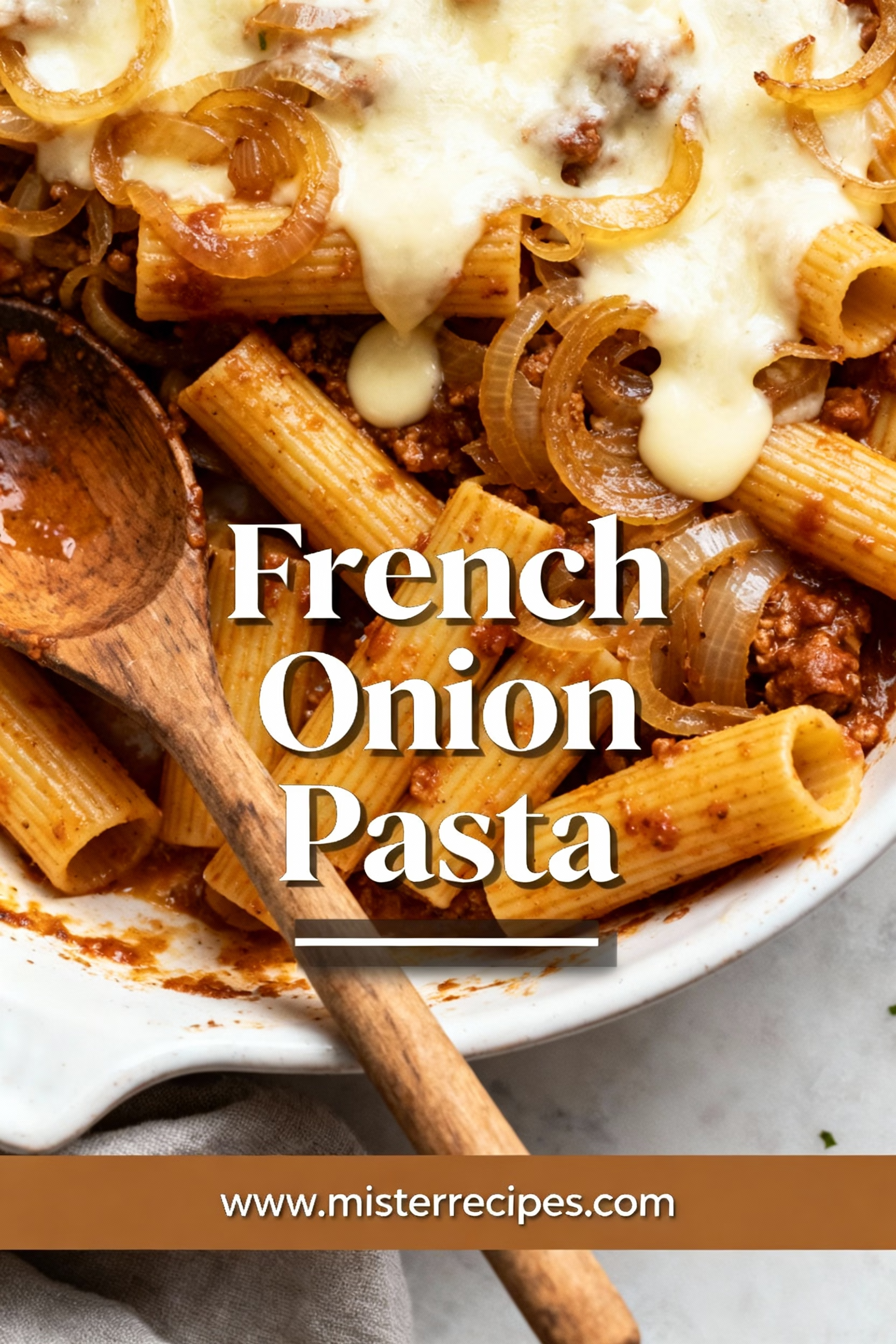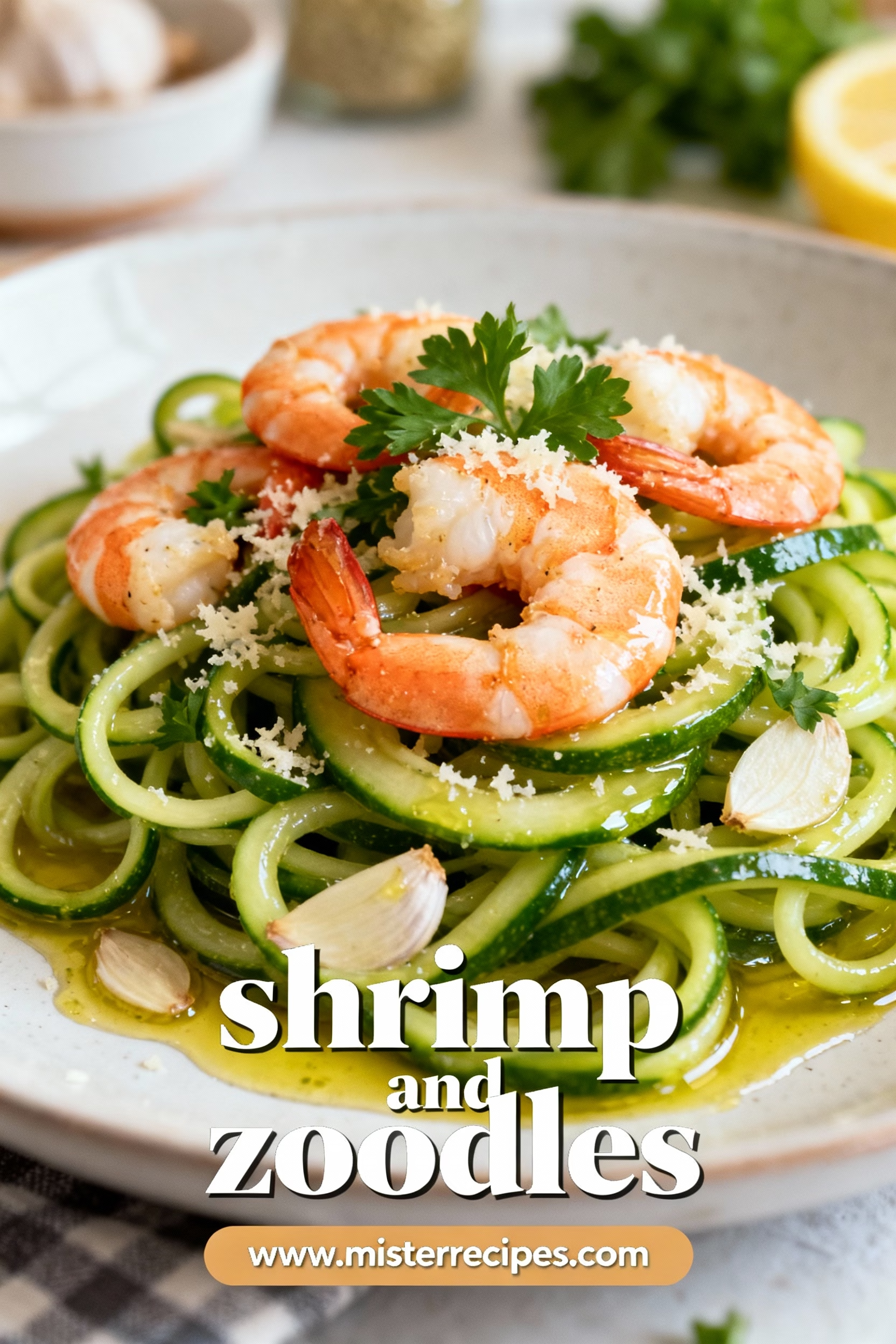A Culinary Symphony
Candied yams are a holiday staple, often gracing tables with their sweet, buttery presence. But what if we told you there’s a way to elevate this beloved dish to new, sophisticated heights? Imagine tender yams, caramelized with a luscious blend of honey and brown sugar, and then drizzled with a tangy balsamic and pomegranate glaze. This dish is a harmonious balance of sweet, tangy, and savory flavors a vibrant twist on a classic comfort food.
It’s a showstopper that not only pleases the palate but also impresses with its visual appeal. The rich, glossy glaze envelops the tender yams, creating a mosaic of deep, jewel-toned colors that are perfect for any festive gathering. Whether you’re looking to add a gourmet touch to your Thanksgiving table or simply want to explore new culinary horizons, these candied yams with balsamic and pomegranate glaze are sure to become a favorite. Prepare to dive into a sensory experience that will transform how you think about this humble root vegetable.
“The secret of success in life is to eat what you like and let the food fight it out inside.”
Mark Twain
Table of Contents
Why You’ll Love This Candied Yams with Balsamic and Pomegranate Glaze Recipe
- A Flavorful Fusion: This recipe combines the natural sweetness of yams with the tartness of balsamic vinegar and the fruity brightness of pomegranate. The result? A unique and unforgettable taste that balances sweet and savory perfectly.
- Visually Stunning: The rich orange of the yams contrasts beautifully with the deep, ruby-red glaze, making this dish as visually appealing as it is delicious. It’s sure to be a conversation starter at any dinner party or holiday gathering.
- Nutrient-Rich: Yams are packed with vitamins and minerals, including vitamin C, potassium, and fiber. Adding the antioxidant-rich pomegranate juice to the mix makes this dish not only tasty but also nutritious.
- Versatile Side Dish: While it’s perfect for the holidays, this recipe can easily be enjoyed year-round. Pair it with roasted meats, grilled vegetables, or even a light salad for a well-rounded meal.
- Simple Yet Sophisticated: Despite its complex flavor profile, this dish is surprisingly easy to make. With just a few ingredients and minimal preparation, you can create a gourmet side dish that will wow your guests.

How to Make Candied Yams with Balsamic and Pomegranate Glaze
Ingredients For Candied Yams with Balsamic and Pomegranate Glaze
- For the Candied Yams:
- 4 large yams, peeled and sliced into 1-inch rounds
- 1/2 cup unsalted butter
- 1/2 cup brown sugar
- 1/4 cup honey
- 1 teaspoon ground cinnamon
- 1/4 teaspoon ground nutmeg
- 1/4 teaspoon salt
- For the Glaze:
- 1/2 cup balsamic vinegar
- 1/4 cup pomegranate juice
- 2 tablespoons brown sugar
- 1 tablespoon honey
- 1/4 teaspoon salt
- Pomegranate seeds (arils) and fresh thyme for garnish
Instructions For Candied Yams with Balsamic and Pomegranate Glaze
- Preheat and Prepare: Preheat your oven to 375°F (190°C). Grease a large baking dish and arrange the yam slices in a single layer.
- Make the Candied Mixture: In a small saucepan, melt the butter over medium heat. Add the brown sugar, honey, cinnamon, nutmeg, and salt. Stir continuously until the sugar has dissolved, and the mixture is well combined.
- Coat the Yams: Pour the candied mixture over the yams, ensuring they are evenly coated. Cover the dish with aluminum foil and bake for 30 minutes.
- Prepare the Glaze: While the yams are baking, combine the balsamic vinegar, pomegranate juice, brown sugar, honey, and salt in a small saucepan. Bring to a boil, then reduce heat and simmer for about 15-20 minutes, or until the glaze has thickened and reduced by half.
- Final Bake: Remove the foil from the yams and pour the balsamic-pomegranate glaze over them. Return to the oven and bake, uncovered, for an additional 15-20 minutes, or until the yams are tender and caramelized.
- Serve: Transfer the yams to a serving dish and drizzle any remaining glaze over the top. Garnish with pomegranate seeds and fresh thyme for a pop of color and flavor.

Tips for the Perfect Candied Yams with Balsamic and Pomegranate Glaze
- Choose the Right Yams: Look for yams that are firm and free of blemishes. They should have a deep, vibrant orange color for the best flavor and texture.
- Even Slices for Even Cooking: Cut the yams into even, 1-inch slices to ensure they cook uniformly. This will help prevent some pieces from becoming too soft while others remain undercooked.
- Make the Glaze Ahead: If you’re preparing this dish for a holiday meal, you can make the balsamic and pomegranate glaze up to two days in advance. Store it in the refrigerator and simply reheat before using.
- Double the Glaze: If you love extra sauce, consider doubling the glaze recipe. It’s delicious over not just the yams but also roasted vegetables, chicken, or even as a salad dressing.
- Experiment with Spices: While cinnamon and nutmeg are classic choices, you can add other spices like allspice, clove, or even a pinch of cayenne pepper for a bit of heat.
Candied Yams with Balsamic and Pomegranate Glaze Recipe FAQ
| Question | Answer |
| Can I use sweet potatoes instead of yams? | Yes, you can substitute sweet potatoes for yams. The texture and flavor will be slightly different, but the recipe will still be delicious. |
| Can I make this dish vegan? | Absolutely! Substitute the butter with a plant-based alternative and use maple syrup instead of honey. |
| How do I store leftovers? | Store any leftovers in an airtight container in the refrigerator for up to 4 days. Reheat in the oven at 350°F (175°C) until warmed through. |
| Can I use a different type of vinegar? | Yes, you can use apple cider vinegar or red wine vinegar, but the flavor will change. Balsamic vinegar provides the best balance of sweetness. |
| What can I serve with these candied yams? | These yams pair well with roasted meats like turkey or pork, sautéed greens, or a light, tangy salad to balance the sweetness. |
Elevate Your Salad
Toss up a Mexican Street Corn Salad for a tangy side.
People Also Ask
1. How many days are candied yams good for?
Candied yams are best consumed within 3 to 5 days when stored properly:
- Storage tips: Place them in an airtight container or cover tightly with aluminum foil or plastic wrap.
- Reheating: Warm them gently in the oven or microwave to retain their flavor and texture.
2. How long can you keep candied yams in the refrigerator?
Candied yams can be safely stored in the refrigerator for up to 5 days:
- Best practices: Ensure they are cooled completely before transferring to an airtight container to prevent condensation and spoilage.
- Tip: Label the container with the date to keep track of freshness.
3. Do you rinse yams before cooking?
Yes, it is important to rinse yams before cooking:
- Why rinse? Washing removes dirt and debris from the skin.
- Peeling option: If you’re peeling the yams, rinsing them beforehand ensures a clean surface.
- Skin-on cooking: If cooking with the skin on, scrub the yams thoroughly to remove any remaining dirt.
4. When can you not eat a sweet potato?
Avoid eating a sweet potato if:
- Visible mold: Mold spots on the surface indicate spoilage.
- Unpleasant smell: A sour or off-putting odor suggests the sweet potato has gone bad.
- Soft or mushy texture: Sweet potatoes that are overly soft or leaking liquid are no longer safe to eat.
- Dark or black spots: These can indicate rot inside the sweet potato. When in doubt, discard it to avoid foodborne illness.
5. Why does my stomach hurt after eating sweet potatoes?
Stomach discomfort after eating sweet potatoes may be due to:
- Excess fiber: Sweet potatoes are high in fiber, which can cause bloating or gas in some individuals.
- Natural sugars: The sugars in sweet potatoes can sometimes lead to digestive discomfort, especially in those sensitive to fructose.
- Oxalates: Sweet potatoes contain oxalates, which may irritate the stomach in people prone to kidney stones or sensitive digestion. If symptoms persist, consult a healthcare provider.
6. How can you tell if a sweet potato has gone bad?
Signs that a sweet potato has gone bad include:
- Mold or dark spots: Indicates spoilage or rot.
- Soft texture: Overly soft or mushy sweet potatoes should be discarded.
- Unpleasant odor: A sour or rancid smell means it’s no longer fresh.
- Wrinkled skin: This can indicate the sweet potato is dehydrated and past its prime. Inspect sweet potatoes before cooking to ensure they’re fresh and safe to eat.
Common Mistakes When Making Candied Yams with Balsamic Pomegranate Glaze:
- Using too much liquid: Overdoing the glaze ingredients can result in a watery consistency. Stick to the recipe’s measurements for balance.
- Skipping the glaze reduction step: Failing to reduce the glaze properly can leave it thin and overly tangy. Allow the glaze to simmer until thickened.
- Uneven yam slices: Cutting yams into uneven pieces can cause inconsistent cooking, with some pieces undercooked and others overdone.
- Overpowering with pomegranate: Too much pomegranate can overwhelm the natural sweetness of the yams. Use it sparingly for a balanced flavor.
- Rushing the cooking process: Proper caramelization of the yams and glaze requires patience. Cooking at too high a heat can lead to burning.
Conclusion
Candied Yams with Balsamic Pomegranate Glaze offer a sophisticated twist on a classic dish, combining the sweetness of caramelized yams with the tangy richness of the glaze. To achieve the perfect balance of flavors, reduce the glaze properly, cut the yams evenly, and avoid overpowering the dish with too much pomegranate. By sidestepping common mistakes and focusing on technique, you can create a visually stunning and delicious side dish that’s sure to impress at any gathering!

Candied Yams with Balsamic and Pomegranate Glaze
Equipment
- Baking dish,
- small saucepan,
- – Whisk
Ingredients
- For the Candied Yams:
- 4 large yams peeled and sliced into 1-inch rounds
- 1/2 cup unsalted butter
- 1/2 cup brown sugar
- 1/4 cup honey
- 1 teaspoon ground cinnamon
- 1/4 teaspoon ground nutmeg
- 1/4 teaspoon salt
- For the Glaze:
- 1/2 cup balsamic vinegar
- 1/4 cup pomegranate juice
- 2 tablespoons brown sugar
- 1 tablespoon honey
- 1/4 teaspoon salt
- Pomegranate seeds arils and fresh thyme for garnish
Instructions
- Preheat and Prepare: Preheat your oven to 375°F (190°C). Grease a large baking dish and arrange the yam slices in a single layer.
- Make the Candied Mixture: In a small saucepan, melt the butter over medium heat. Add the brown sugar, honey, cinnamon, nutmeg, and salt. Stir continuously until the sugar has dissolved, and the mixture is well combined.
- Coat the Yams: Pour the candied mixture over the yams, ensuring they are evenly coated. Cover the dish with aluminum foil and bake for 30 minutes.
- Prepare the Glaze: While the yams are baking, combine the balsamic vinegar, pomegranate juice, brown sugar, honey, and salt in a small saucepan. Bring to a boil, then reduce heat and simmer for about 15-20 minutes, or until the glaze has thickened and reduced by half.
- Final Bake: Remove the foil from the yams and pour the balsamic-pomegranate glaze over them. Return to the oven and bake, uncovered, for an additional 15-20 minutes, or until the yams are tender and caramelized.
- Serve: Transfer the yams to a serving dish and drizzle any remaining glaze over the top. Garnish with pomegranate seeds and fresh thyme for a pop of color and flavor.
Notes
Nutrition Information
| Calories: | 320 | Carbohydrates: | 55g | Protein: | 2g | Fat: | 12g | Saturated Fat: | 7g | Polyunsaturated Fat: | 1g | Monounsaturated Fat: | 3g | Sodium: | 180mg | Potassium: | 600mg | Fiber: | 5g | Sugar: | 35g | Vitamin C: | 15mg | Calcium: | 40mg | Iron: | 1mg |Let me know!
Did you find this post helpful? By leaving a star rating and share, it will help others find my recipes.




